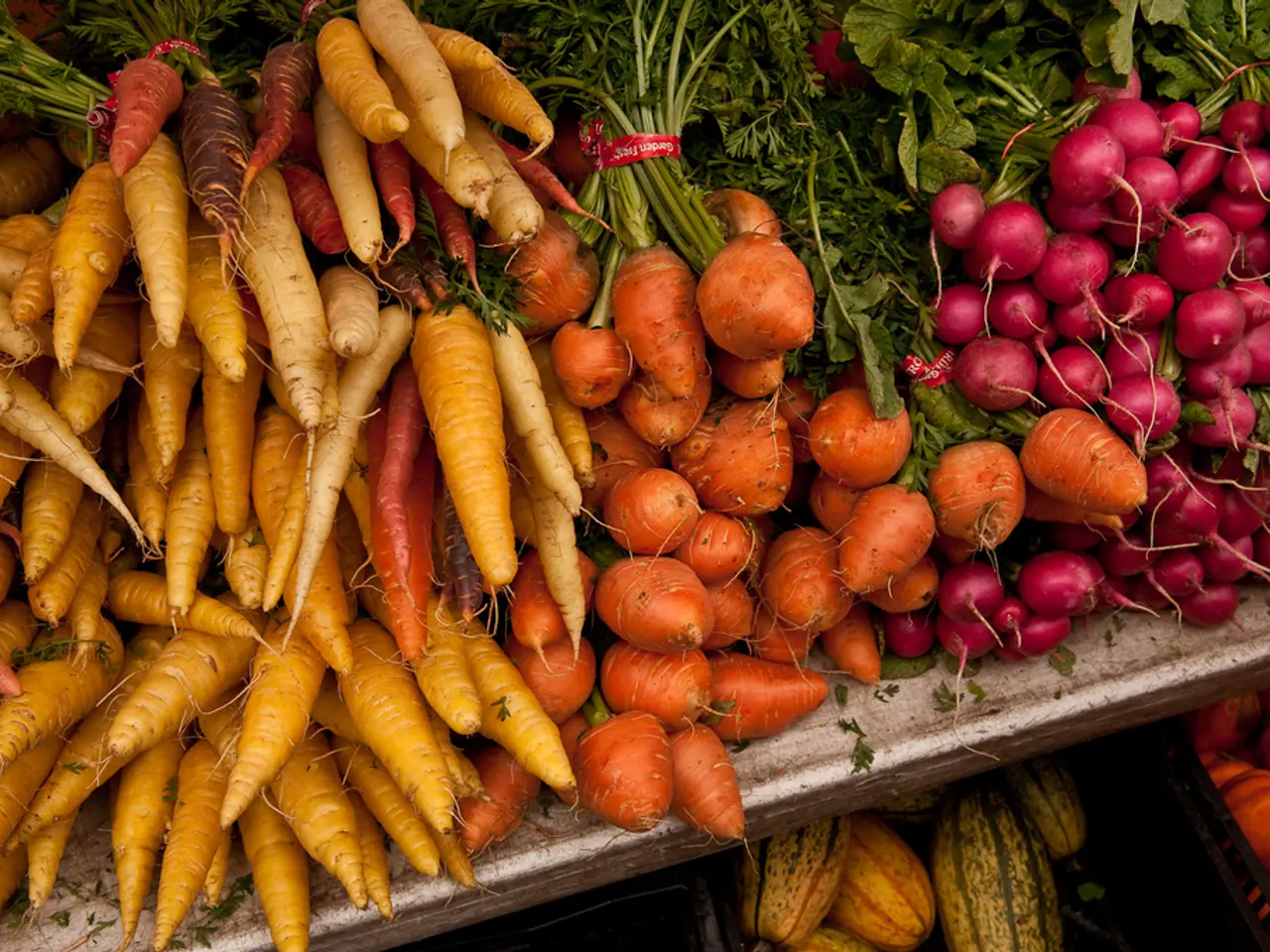Practical Advice for Successful Vegetable Gardening
Starting a vegetable garden can be a rewarding and fulfilling experience. Here's a simple guide to help you get started.
Choosing the Right Site
Select a location that receives at least 6 hours of full sunlight daily, ideally 8 to 10 hours for better growth. The soil should be healthy and fertile; consider raised beds or containers with good-quality, compost-rich soil if needed.
Planning Your Garden Layout
Sketch your garden to arrange plants thoughtfully. Place taller plants (like tomatoes or corn) on the north side so they don’t shade shorter plants. Group plants by type and space them according to their growth needs, ensuring enough room to walk and access each.
Selecting Beginner-Friendly Vegetables
Start with easy-to-grow favorites such as leafy greens (lettuce, kale), root vegetables (radishes, carrots), and some fruiting plants (cherry tomatoes, zucchini). Adding herbs (basil, rosemary) and companion flowers like marigolds can enhance pest control and pollination.
Planting
Follow seed packet instructions or expert advice for seed depth, spacing, and timing. Plant seedlings with enough space to grow. Avoid fresh manure as it can burn plants; use organic fertilizers or compost instead.
Watering
Water the soil slowly (not the leaves) early in the morning before the sun is strong. Generally, water every two days or when the top inch of soil feels dry. Adjust frequency based on weather, soil type, and plant needs.
Care and Maintenance
- Weed regularly, especially after rain, to reduce competition and pest habitats.
- Prune and pinch plants like tomatoes and herbs to promote better airflow and bushier growth.
- Check often for pests and diseases; use natural remedies (neem oil, soapy water, companion plants) as needed.
- Fertilize every 2 months with balanced fertilizers (6-12-12 or 10-10-10) or apply water-soluble fertilizer biweekly.
- Mulch to retain moisture and suppress weeds if necessary.
Tracking Progress
Keep a garden journal or notes on what you planted, growth observations, and improvements for future seasons.
With consistent care, even a small vegetable garden can thrive, providing fresh produce and recreational satisfaction.
Additional Tips
- Melons and cucumbers can be planted in the compost pile for optimal growth.
- A vegetable garden should be situated in a sunny place for optimal growth.
- Large seedlings grown on windowsill or purchased at a nursery can provide quick results, especially in cold climates.
- Cutworms can be kept away from seedlings by using the cardboard centers of toilet paper rolls as barriers.
- Extending the fall harvest season for crops like cabbage, Brussels sprouts, and broccoli can be achieved by covering them with straw.
- Water-filled tepees can be used for protection of early planted tender vegetables from cold.
- The garden should be placed near the kitchen for easy access.
- Start growing vegetables early in the spring and continue all summer for constant harvest.
- A vegetable garden can be added to a landscape for growing organic vegetables.
- Newspaper can be used covered with straw to prevent weeds and retain moisture in the garden.
- A tepee covered with bean and pea vines can add height to a vegetable garden.
- To solve peat pot problems, tear off the top and bottom of the pot before planting.
- Slower-starting seeds like parsley and parsnip benefit from pre-soaking before germination.
- Planting vegetables vertically using trellises or arbors can save space.
- Growing one's own vegetables organically saves money on high prices of organic produce at grocery stores.
- Using newspaper covered with straw between garden rows can eliminate weeds and retain moisture.
- Long-growing crops such as indeterminate tomatoes, eggplants, and peppers should be side-dressed with a balanced vegetable garden fertilizer.
- Leggy vegetable seedlings can be planted deeper to provide a stronger start outdoors.
- Seeds such as broccoli, cabbage, and arugula do not require pre-soaking before germination.
With the right site selection and planning, your vegetable garden can thrive. Consider adding health-boosting herbs like basil and rosemary, or benefit from companion flowers like marigolds in your home-and-garden space. Besides fresh produce, your garden can also contribute to a more balanced lifestyle and even serve as an engaging activity in your life-style realm. By regularly caring for your garden, you'll be able to enjoy the benefits throughout seasons, possibly even growing organically saving money on average grocery prices.




